NOTE: Please welcome Shannon McNear back to the NOVELWritingSite, but this time she is not a guest. Shannon is the newest member of our pool of contributors, and we’re so glad to have her with us!
In my last blog post, I discussed genres and mentioned that what genre you write affects how you write. This time, I’m going to expand upon that idea.
I spent a lot of years just writing whatever I wanted, however I wanted. The idea that different kinds of stories called for different modes of writing seemed too restrictive—until I began to really understand that structure was what made genres what they were. (See my last post.) And it wasn’t just the structure that made the difference, but building materials as well. I found that when I was expanding my 60,000 word story aimed at the category romance market (those short Love Inspired reads you can find at Wal-Mart) to a full-length, 90-100,000 word story, it involved more than adding a subplot and including scenes that I’d only referred to before in passing. It changed how I worded the sentences, because suddenly I had the freedom to add description there wasn’t previously room for.
Like last time, this won’t be an exhaustive list of all the details, but just some highlights of what die-hard readers have come to expect. I pretty well covered the basic types of plots in the last post, so this time I’ll start with your …
FIRST CHAPTER
The overall principle for first chapters is, of course, that you want to get to the meat, define what kind of story you’re writing, and what it’s about.
In romance, the hero and heroine should meet by the end of the first chapter, with sparks already flying. We should know what drives each of them, and have some hint of why they’re perfect (or mostly so) for each other, and what they have to overcome to have their HEA (happily ever after).
For mystery, the reader wants the fun of finding out “whodunit,” so the story should begin with some kind of crime being discovered, with clues laid out along the way—but don’t reveal until the very end “whodunit.” This differs from …
… Suspense, where you’re allowed to not only reveal who the villain is, but have scenes in his POV (point of view). Something is at stake—the life of the hero or heroine, or someone close to them. Maybe it’s a regional threat, or worldwide, in which case your story is considered a thriller. These stories often start with a BANG—jump right into the action, with either a literal shooting, something blowing up, or a car chase.
This kind of beginning, however, wouldn’t work for a women’s fiction, where the story is more about thoughts and emotions and how people deal with them than about the actual events. Women’s fiction should, in its own way, be no less gripping, but remember that the draw is emotion, not action. (Hence why it’s called “women’s” fiction … and suspense tends to be the genre of choice for the guys.) You don’t, however, have to have the main character’s love interest (if there is one, and it’s perfectly fine to have a thread of romance in WF) show up in the first chapter.
Science fiction is generally, but not always, set on other worlds or in space, with technology that we don’t have yet, but theoretically could at some point. Here you have your choice of openings from the other genres—I’ve seen suspense-style first chapters, romance-style first chapters, and so on—but remember, you want to establish right away that this is SF. The same applies to fantasy, or steampunk, or paranormal … or even historical, for that matter.
Now, let’s talk about …
POINT OF VIEW (POV)
In romance, you generally have only two POV’s: the heroine and the hero. Since girls are usually the ones reading romance, the story usually starts with the heroine’s POV, and is split about 60/40 or 70/30 with the hero’s.
In women’s fiction, mystery, or chick-lit, or the young adult versions of the same, it’s perfectly fine to have one POV. In many genres, however, there can be two or three or even more. Some sweeping historical or fantasy sagas employ a dozen or more. Just remember—the more POV’s you use, the more work you make for yourself, and the more skill required to weave them all together and keep everything consistent. This is why new writers are generally counseled to keep their early stories to one or two POV’s.
Another thing: romance and other classic genres are generally written from third person, past tense. Women’s fiction and chick-lit (and much YA) is equally first-person, whether past or present tense. I’ve also seen classic westerns written in first person. (Louis L’Amour was wonderful at this.)
And that leads to …
THE ENDING
Mystery readers like the element of surprise. They want to guess who committed the crime, so don’t give anything away! Suspense and thrillers, however, are all about—big surprise here—the suspense and thrill of the chase. Build yourself a big, bad, super-smart villain, and then build how the hero/heroine will go about outwitting him. Neither suspense nor SF/fantasy readers, however, enjoy the resolution just coming out of nowhere. If your hero is going to suddenly develop superpowers at the end, you better have laid clues along the way that this will happen.
In romance, everyone knows the hero and heroine will end up together, and the readers are expecting that HEA (Happily Ever After) ending! The fun is watching them get there, the push and pull of the dialogue, seeing the characters discover how the other person has that one quality they can’t live without.
In women’s fiction, however, it isn’t guaranteed that the heroine’s going to end up with a particular person or in a particular place, so you still have that element of surprise. But the reader usually expects an ending that “feels right,” even if isn’t happy.
Now let’s talk about …
SENTENCE STRUCTURE and WORD CHOICE
For suspense, thriller, and adventure, you generally want shorter, choppier sentences that get right to the point and aren’t cluttered with a lot of description, especially in the more tense scenes. (There are exceptions to this rule, but usually these are writers who have been published for decades.) The same for your dialogue. A good website for digging deep into suspense-writing techniques is the Forensics and Faith blog by Brandilyn Collins. Anything I have to say on the matter would be rendered redundant by this site!
Romance, historical, and fantasy tend to have a more relaxed sentence rhythm. Your sentences can be longer and more flowing, the descriptions more detailed, the dialogue less terse. Don’t go overboard, though, or you might find yourself guilty of writing something called “purple prose.” Then again, it’s possible you lean more toward literary fiction than genre fiction, but that’s another post for another time …
ONE LAST THING!
These are not hard-and-fast rules! These are general guidelines … observations about how things work, if you will. Be careful to not get all legalistic about something that is not a rule. (That would make a good post topic, too, wouldn’t it?)
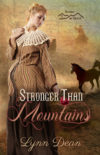
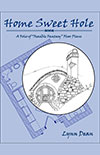
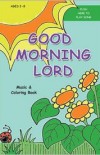
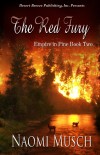
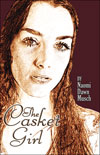
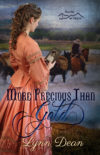
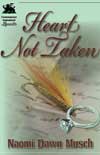
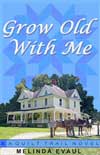
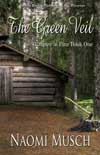

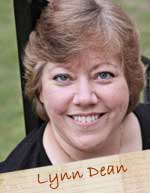

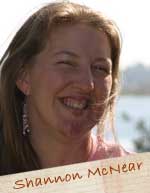
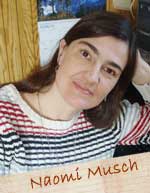


Speak Your Mind
You must be logged in to post a comment.